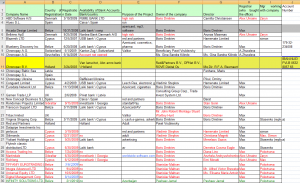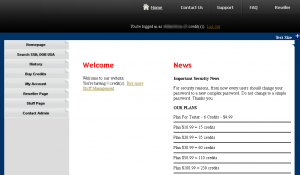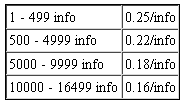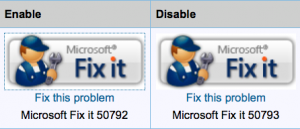A title insurance firm in Virginia is suing its bank after an eight-day cyber heist involving more than $2 million in thefts and more than $200,000 in losses last year. In an unusual twist, at least some of the Eastern European thieves involved in the attack have already been convicted and imprisoned for their roles in the crime.
 Sometime before June 2010, crooks infected computers of Vienna, Va. based Global Title Services with the ZeuS Trojan, giving them direct access to the company’s network and online banking passwords at then-Chevy Chase Bank (now Capital One). On June 1, 2010, the thieves made their move, and began sending a series of unauthorized wire transfers to money mules, individuals who were hired to help launder the funds and relay them to crooks overseas.
Sometime before June 2010, crooks infected computers of Vienna, Va. based Global Title Services with the ZeuS Trojan, giving them direct access to the company’s network and online banking passwords at then-Chevy Chase Bank (now Capital One). On June 1, 2010, the thieves made their move, and began sending a series of unauthorized wire transfers to money mules, individuals who were hired to help launder the funds and relay them to crooks overseas.
The first three wires totaled more than $200,000. When Global Title’s owner Priya Aurora went to log in to her company’s accounts 15 minutes prior to the first fraudulent transfers went out, she found the account was locked: The site said the account was overdue for security updates.
When Aurora visited the bank local Chase branch to get assistance, she was told she needed to deal with the bank’s back office customer service. Between June 2 and June 8, the thieves would send out 15 more wires totaling nearly $1.8 million. The bank ultimately was able to reverse all but the first three fraudulent wires on June 1.
Capital One declined to comment for this story, citing the ongoing litigation.
Global Title is suing Capital One, alleging the bank failed to act in good faith and failed to implement commercially reasonable security procedures for its online banking clients. The lawsuit notes that at the time of the breach, Capital One’s online banking system used single-factor authentication; it allowed commercial clients to log in and to transfer millions of dollars using nothing more than a username and password.














